Pluteus chrysophlebius
Scientific name: Pluteus chrysophlebius (Beck. & M.
A. Curtis) Sacc.
Derivation of name: In reference to this genus of
mushrooms,
the etymology of Pluteus is difficult to
determine. Chrysos means "golden colored" and phleb-
means "vein" perhaps in reference to the vein-like
wrinkles on the caps.
Synonyms: Pluteus admirabilis (Peck) Peck,
Agaricus admirabilis Peck
Common name(s): Yellow Pluteus.
Phylum: Basidiomycota
Order: Agaricales
Family: Pluteaceae
Occurrence on wood substrate: Saprobic; single to
several on decaying deciduous wood; June through
September.
Dimensions: Caps 1-3 cm wide; stipes 2-5 cm long
and 1.5-3 mm thick.
Cap: Moist when young; bright yellow, fading to
yellow-brown in age; smooth to wrinkled in the center.
Gills: Free, whitish at first, then pale yellow, and finally
pinkish at maturity.
Spore print: Salmon
Stipe: Yellow.
Veil: Absent.
Comments: The similar P. leoninus is usually larger
(cap 3-5 cm wide, stipe 5-9 cm long) and its caps are
finely velvety to silky, particularly near the often
brownish center. The caps of
P.
chrysophlebius, on
the other hand are described as bald and lack a brownish
center.
More information at MushroomExpert.com:
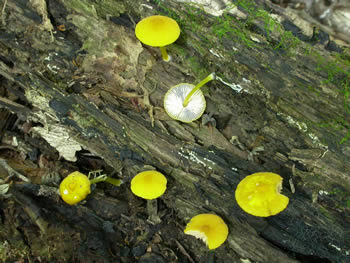
Figure 1. Young Pluteus chrysophlebius specimens on
a hardwood log. Photo © Gary Emberger.
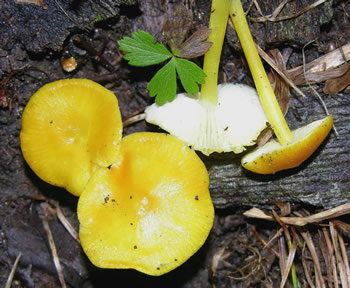
Figure 2. Smooth, moist (any shiny) caps and
white gills
of
young specimens.
Photo © Steve Nelsen.
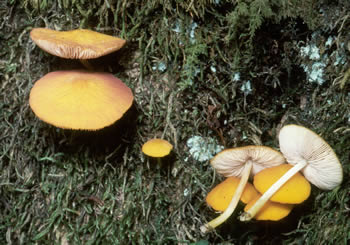
Figure 3. Cap color becomes yellow-brown in age and
the gills become pinkish. It's important to see the mature
gill color in order to help confirm the identity of this
species. Photo © William Roody.
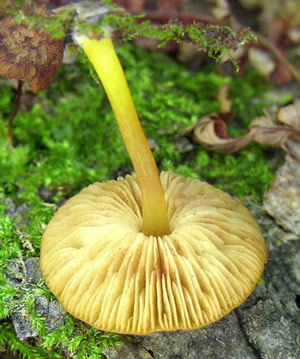
Figure 4.
Gills are whitish at first, become yellow,
and then pinkish when mature. The stalk also shows
variation in color.
Photo © Steve Nelsen.
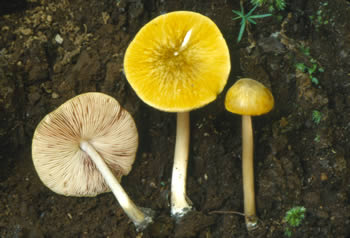
Figure 5. Caps may be wrinkled and darker in the center.
Photo © John Plischke III.
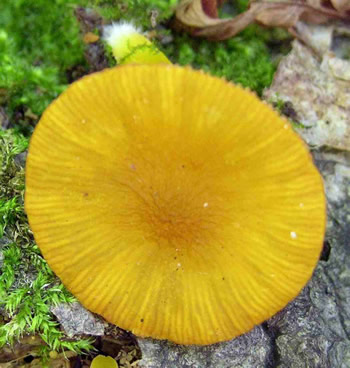
Figure 6. In addition to the wrinkling near the center,
note the striate margin. Photo © Steve Nelsen.